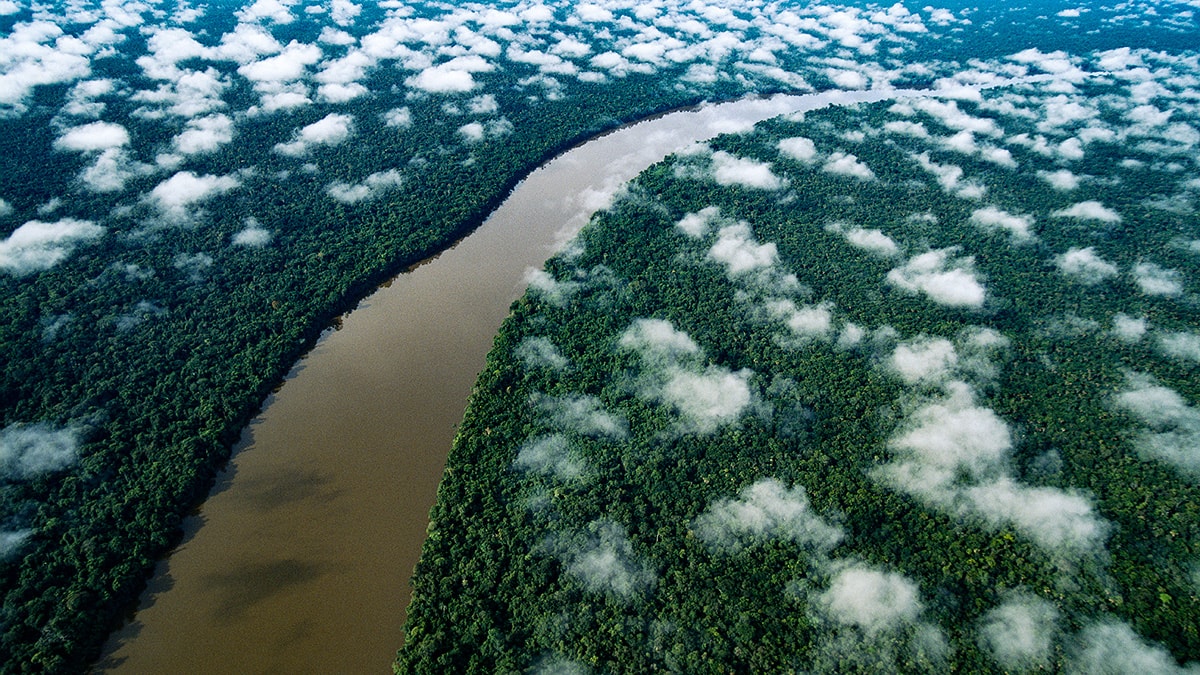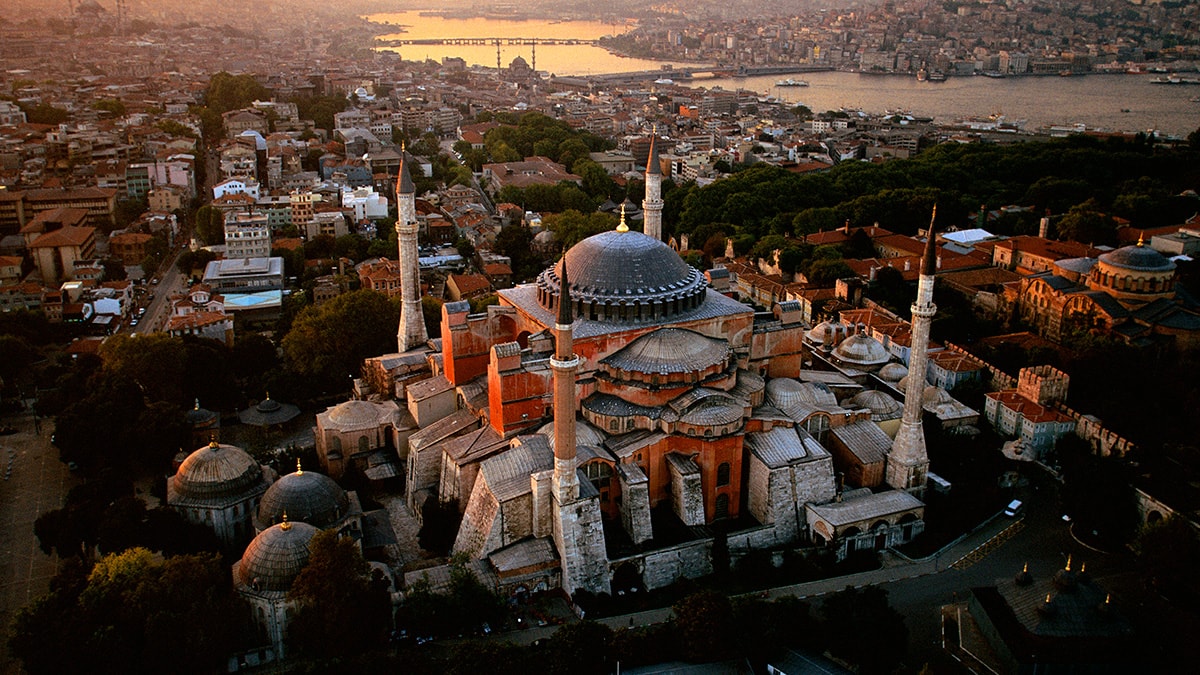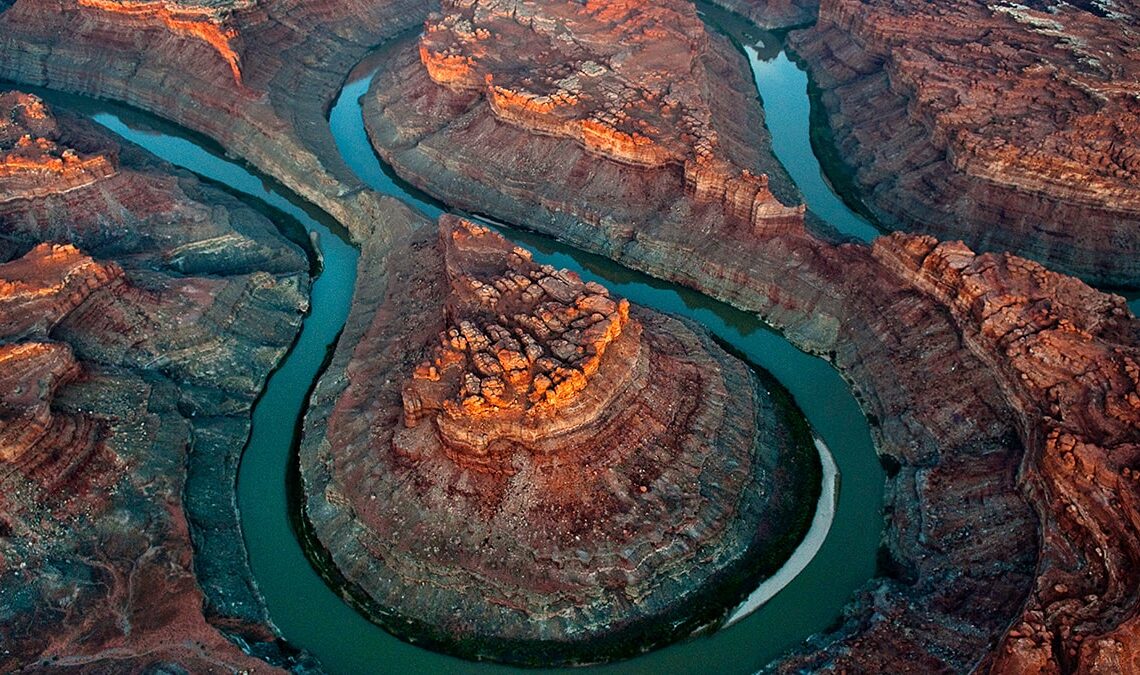“Thousands have lived without love, not one without water” is the thread that ties River together.
In a landslide of a film that illustrates ecological urgency, the viewer can’t help but get swept under the current of this mesmerising film. With the magnanimity of truly unparalleled visuals, the Australian Chamber Orchestra, and Willem Dafoe as the sole narrator, River creates a hypnotic trance where every frame is a pool of water so miraculous one can’t help but want to sink their feet into the earth.
This seemingly simplistic film’s dichotomy between technical and visual feats sits at the heart of its power. The structure of the film is primitive documentary making at its finest. With perfect execution, River captures enthralling, wild and dangerous landscapes. Angles are even, and cuts are clean, allowing the sheer volume of nature to consume each frame. Complimented by the dynamic and sweltering accompaniment of the Australian Chamber Orchestra, it emphasises the multifaceted abilities of film as an audio-visual medium.

The orchestra’s harmonics compliment the visual intensity and magnitude of the divine rivers, dipping in and out of the scene’s tone. While the simplicity and execution of this may be difficult to achieve and keep entertaining, the balance between the visuals and sound make for synchronicity that pushes both components to their limits. Torrid waterfalls are met with dynamic string swells that rage alongside the river current, only to recede as the water flow bears less pull, thus mirroring the equilibrium of an unimpacted nature system.
Whilst the grandeur and exquisite visuals are a strong pairing, the accompaniment of Dafoe’s narration provides a spoken narrative that only heightens the strength of the sonic and visual components. As an ecological commentary that outlines the impact of human intervention of river systems, Dafoe explores the bountiful ways in which humans have irrevocably damaged water ways and networks, killing “the capillaries and veins of our environment”. His voice rings with tremor at points of tension, and coolness in others, raging and dwindling like a natural running water system. At the heart of this narrative exploration, Dafoe exerts a story of human intervention and concerning damage with hopeful optimism that pivots this film into an uplifting climax. The fury of nature rings ever-present, but through the rage and anger, Dafoe is a life raft to safety that won’t leave viewers in a depressive state after viewing.

River exceeds all understandings of what an ecological documentary film can be. With a rushing passion that would match the current of rivers themselves, the film pontificates on the magnitude of nature and the power of human intervention. The seamless integration of filmic components that effortlessly construct this visual piece of art only leaves one question, whether this film was created or designed by a divine figure itself.




COMMENTS